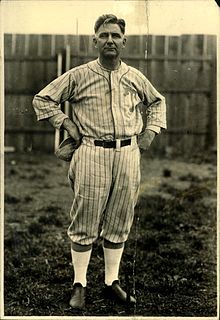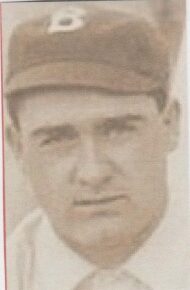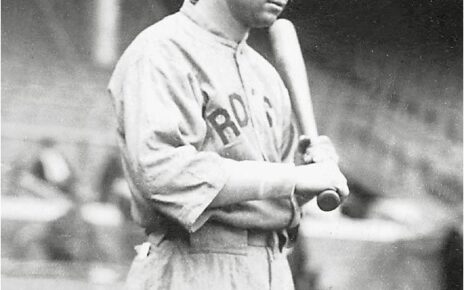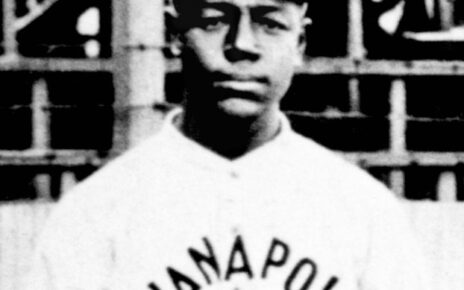Dale Gear had dabbled with being a two-way player through most of the beginning of his career. In 1898 with the Kansas City Blues of the A-level Western League he took the plunge the rest of the way. That year he played 1 game at first base, 2 games at second base, 1 game at third base, and 8 games in the outfield while appearing in 41 games as a pitcher. With the bat, his results were less than desirable, a slash line of .231/unknown/.353 and only 61 total bases. On the mound, he was much better, though nothing special. An RA/9 of 3.98 and WHIP of 1.128 are respectable, but in the Dead Ball Era, they aren’t exactly jaw-dropping.
Gear didn’t play, or there are no records of him playing, in 1899. In 1900 he was still playing with the Kansas City Blues, only this time in the A-level American League. Gear was also back to his two-way adventures, seeing 34 games in the outfield and 37 games at pitcher. He was much improved as a hitter in 1900, slashing .278/unknown/.369 in 252 at-bats, managing 93 total bases as well as 5 stolen bases. He performed about the same as a pitcher, logging an RA/9 of 3.94 and a WHIP of 1.232 in 272.0 innings pitched. If this is the player that Gear was going to be while working both sides of the field then he would have continued to have value, and at least one Major League Baseball team felt the same.
The 1901 season saw the Kansas native appear in 24 games as a pitcher and spend 12 games in left field, 1 game in center field, and 22 games in right field for the AL’s Washington Senators. Gear crashed hard with the Senators, especially while toeing the rubber. His RA/9 jumped to 5.52, with an accompanying ERA of 4.03, a WHIP of 1.356 and an ERA+ of 91. His hitting didn’t fare much better with a slash line of .236/.251/.302 for an OPS+ of 53. His rWAR of 0.8 was almost exclusively from his pitching, but no matter how you slice it Gear’s 1901 was a disaster and spelled the end of his major league career.
Gear would continue to play in the minor leagues for a few more years, with sporadic break years tossed into the mix. But, his time as a two-way player came to a close in the aforementioned disastrous 1901 season. Gear’s main issue was that he simply wasn’t good enough at either side of the ball. He was a mediocre hitter and an average pitcher. That’s not a good recipe for two-way success, but rather plenty of two-way failure. That’s exactly what happened with Gear and he ends up as one of the players who would have helped his career by focusing solely on one side of the ledger, the pitching side.
Lead photo courtesy of Unknown – Unknown




